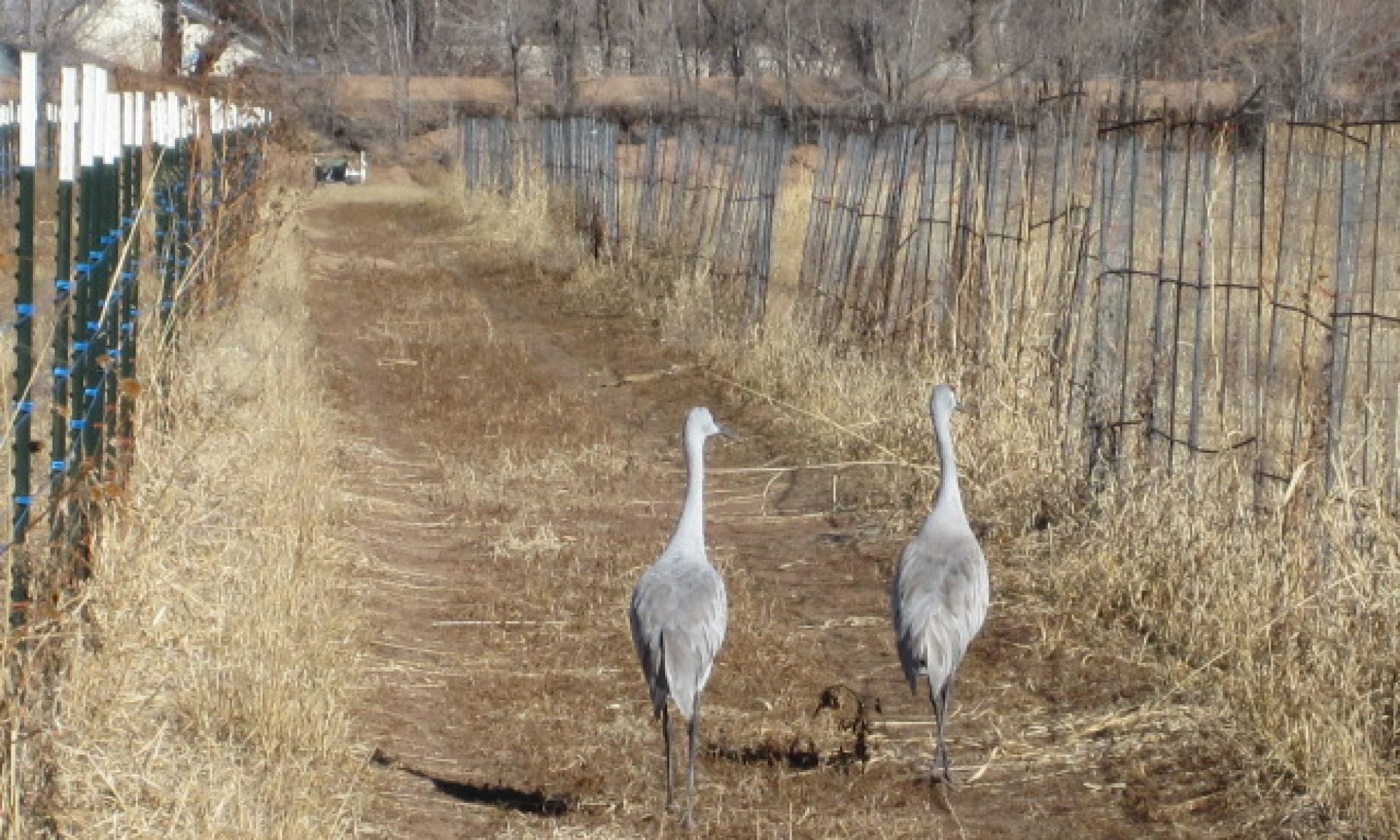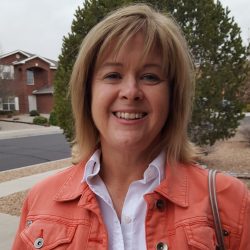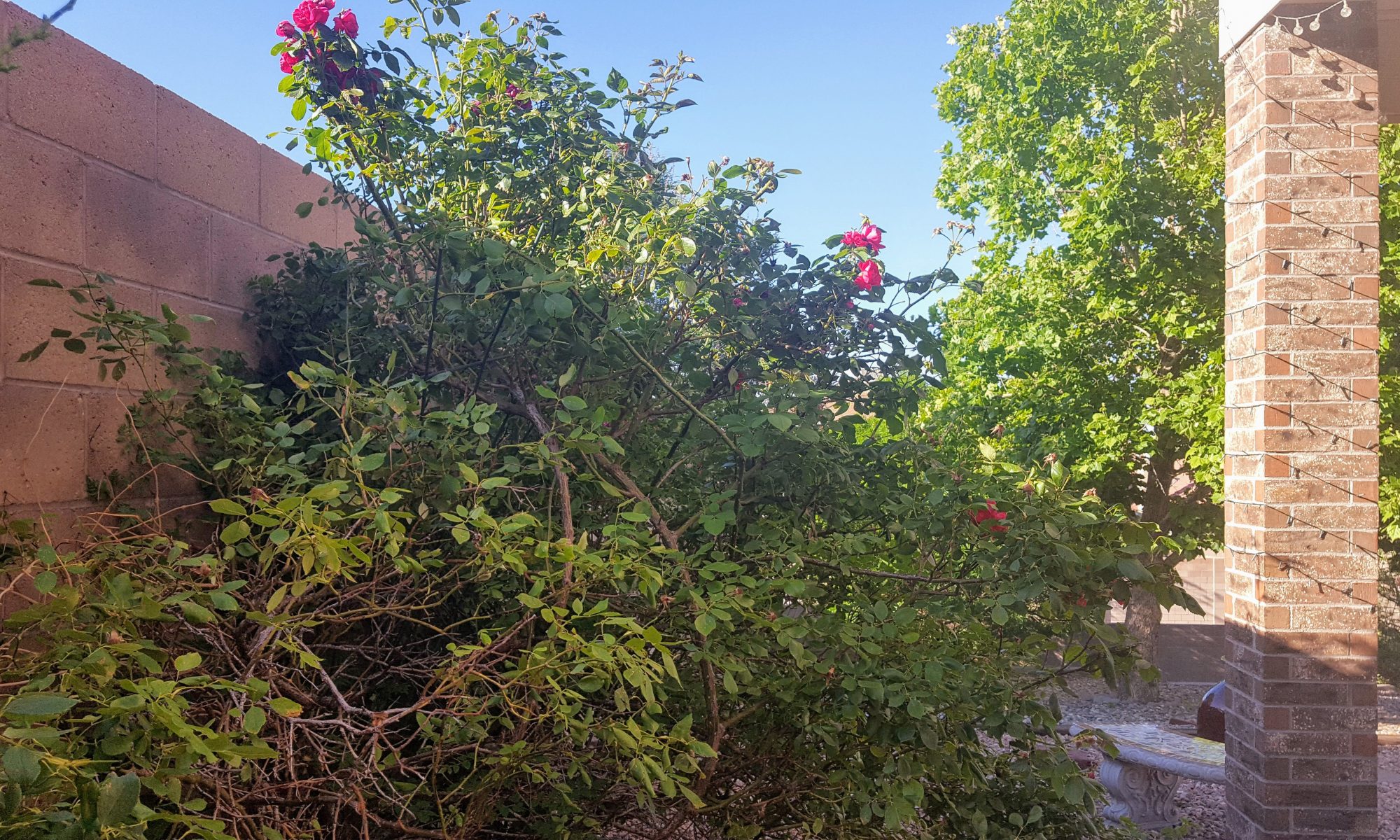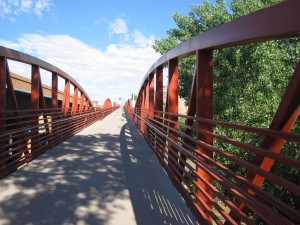I think the grandchildren are playing a survival game. Things have gotten quieter than they were a few hours ago, when stuffed animals were flying from the loft into the family room, and ten legs were running up the stairs and down the stairs in random, urgent patterns. The cousins (five of them, aged nine through eleven) are together for a few days, and imaginations are flying. I’m cooking a pot roast and pouring a glass of wine.
I never know quite what the kids are playing. One year, all their games involved paper airplanes. They made hundreds of them. They taped long strings to the fuselage and launched their planes from the top of the stairs into the family room, over and over and over again. Like tiny fishermen, they would reel each plane back in, only to launch it again. For months we were finding airplanes all over the house: behind the piano, under the washing machine, slipped between a picture frame and the wall.
Now the movement up and down the stairs has gotten quieter. They tiptoe and hug the walls. The dogs, who failed to dial back their exuberance on the kids’ schedule, have been banished from play land. Circuit, my stepdaughter’s lab, has the good sense to fall asleep across the bottom of the stairs where the kids have to climb over him every time they go by. Rusty, never one to take no for an answer, still wants to play. He wanders from adult to adult, tapping us with his paw, nudging us with his nose, trying to get us to behave more like the children. We let him down. Eventually he gives up, falling asleep with his head on my feet, his body angled into the middle of the room like a minute hand. Many hours from now the last cousin will follow his example; the public imaginings of the day will give way to the private play of the night.
After the Texas cousins have gone home and the locals have headed across town, I find artifacts. Once I pulled a crayoned short story called “Spy Dogs and the Cats Jewel” from the trash. I kept it because the curly-haired seven-year-old author ended her story by throwing a cat into a boiling cauldron. Not to worry, though! It turned into a diamond! Judging by the exclamation points, the author thought this was a happy ending.
This afternoon, cleaning up after the maelstrom has blown through, I find three little scraps of loose-leaf paper. One says “Food” and includes a picture of a pizza. Another scrap says “Water,” illustrated by a half-full glass. I’m thinking about how easy it is to fill your needs when you’re living in single digits. I toy with the idea of making my own paper slips. “More retirement savings” I might write on one, next to a pile of money, or “more hours in the day,” drawing a clock with extra numbers. Mine lack the kids’ simplicity. Water, food. They know how to cut to the chase. “Dark chocolate,” I think. That’s better.
Snow falls in Albuquerque all day and I’m still thinking about those scraps of paper as I head out into the cold evening with Rusty. I like to pretend Rusty is checking on the neighborhood, locking the doors before we all call it a night. I don’t mean to suggest he’d make a good guard dog. If anything were amiss, Rusty would be the guy in sunglasses angling away from it, talking into the side of his paw. “Chief, I’m picking up something suspicious by the hydrant. Could be that coyote again. You might want to send Coconut to check it out.” Then he’d plant his feet, point dramatically with his nose, and refuse to take another step until I agreed to cross the street, putting some distance between us and whatever danger might be lurking.
Tonight there isn’t much to see. The clouds have cleared off to make way for a dim spray of stars. Outside the Griswold’s, giant blow-up Rudolph is having a tough time. His little engine is whirring away, but his front legs, which have looked a little wobbly all winter, have buckled beneath him, and his nose has become a red smudge glow on the snow. I feel like I should prop him up, or ring the doorbell until someone comes to see what’s wrong, or shoot him to put him out of his misery. Up the hill, green and red lights on a huge wall flash an aggressive “Jesus is the reason for the season.”
We’re meandering, here, Rusty and I. I’m thinking about how many times we have walked this circle around our neighborhood. 2015 was one of those years that you get to the end of, take a deep breath, and say, ok, off you go, year. Bring on a new one. It wasn’t that it was terrible, it was just one of those years that wouldn’t let you get complacent. I’m not even talking about the way the problems of the world kept clamoring to be seen and heard and acted upon. I’m taking 2015 personally. I mean Fred’s fall on the ice in February, his broken ankle, my mother’s death, my brother’s heart and liver problems, and the way my own body started trying to get my attention, way back in June, hinting that something new was underway.
I was standing up to my chest in the ocean outside my good friend’s condo in Cocoa Beach. I was laughing as the waves knocked me around. For just a moment I forgot to keep an eye out for sharks or tsunamis or rogue lightning from a storm ginning up ten miles out to sea. I was casually eyeing a big swell moving in on me. Should I swim out to meet it and dive under? Turn my back and let it surf me in toward shore? Where’s it going to break?
In that moment, one of those sentences that demands my attention, as if it were written in contrails on the horizon, came to me. Trouble will come, the Atlantic sky said. Pelicans were diving for fish and kids were playing with sand pails on the beach behind me. Fred was a few yards down the shore, walking in the shallow surf. Trouble will come, the world said to me again, and I found myself oddly flooded with peace. It wasn’t a warning; it was permission to let down my guard. Of course trouble will come. No need to keep an eye out for it. Worry disappeared like a bubble of salt air and everything made sense. For one eternal minute, bobbing in the swells, I was Buddha. I was at home in a perfect, broken, glorious world.
In the next instant, I realized why Sidhartha waited for enlightenment resting under a banyan tree instead of bouncing in the Indian Ocean. A huge wave I didn’t see coming somersaulted me into the sand. I surfaced with scraped knees, sputtering saltwater, hearing Fred laughing behind me on the shore.
And then the summer wore on and trouble came. The more yoga I did, the tighter my body tensed. The more walking I did, the more I found myself out of breath as I crested a tiny hill I’ve been walking and running up for years. The more sleep I got, the more midday naps I needed. As fall came and school started, I pulled a muscle in my back. Then my hands started swelling. Then my feet and legs swelled to where I couldn’t always get my shoes on. Pain became as normal as lack of pain has always been. In June I was kayaking and stand-up paddle boarding in the Banana River. In October, I couldn’t open the blinds in my classroom without asking a friend for help. Fred and I joked that I had closed the decade gap between our ages and then some; all of a sudden I was fifty-one going on eighty-four.
When I go to a new doctor, it always takes forever to fill out the family history paperwork. I need a box that says “all of the above.” Heart disease, check. Liver cancer, check. Diabetes, check. Alzheimers, check. When I was younger, I used to think that if I could just get out of my twenties without contracting a chronic illness, I would be home free. One day this fall while I was still trying to convince my doctor that something wasn’t right, I caught a glimpse of myself in the mirror. It was the way I was holding my arms—the line from my elbow through my wrists to my fingers was a line I’d seen before. These weren’t my arms, they were my brother’s, who has been living with psoriatic arthritis for most of his life. They were my nephew’s arms; he was diagnosed with juvenile arthritis when he was three.
It turns out my autoimmune system is just like the rest of me, good at imagining trouble where there isn’t any. The story of my last six months is the story of losing my pass in the “Gets to Take her Health for Granted” club. It’s the story of watching my body surprise me, not with its ability to run another mile or balance in tree pose, but with my inability to close my fingers together into a fist, or to put on a shoe over a swollen foot. It’s the story of heating pads and fingers that turn white in the cold and joints that swell and drugs that work or don’t as they swim mysteriously through my blood. It’s a story of uncertainty, of learning to say “I can’t,” and of learning, for the millionth or so time, that I am not in control.
So I’m ok with sending 2015 on its way. I’m back in the house, tucked under my Steelers’ snuggy. I’m sitting on the couch with my laptop on my lap and Rusty’s head on my hip, my elbow resting just behind his ears. I’m thinking about Robert Hass’s poem “Faint Music” that begins with the line, “Maybe you need to write a poem about grace.”
Trouble, I’m starting to understand, is the guest you aren’t supposed to prepare for. He’s the guest that just shows up, and you either let him in gracefully or try to pretend you aren’t home. I’m trying to be a decent host to this idea that my body has a plan of its own. I’m trying to be grateful that my immune system did its job well for my first fifty-one years. I am grateful that chronic means something I’m going to live with for a long time, not something that is trying to kill me any time soon.
I couldn’t bring myself to throw the grandkids’ scraps of paper away. I left them on the kitchen counter for a few days, and then I brought them upstairs and set them on my desk. I fanned them out this morning, set them by my coffee cup when I sat down to write.
The third scrap of paper has a picture of a test tube. Inside, a blue ink liquid boils while bubbles float above. The word on this one says “Cure.”
Leave it to the kids to provide perspective. Water, food, and a cure. Bring on 2016. It looks like I have everything I need.
____________________________________________________




